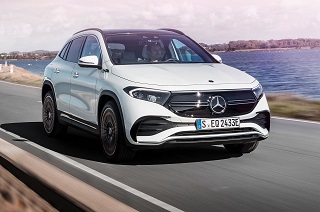The latest on the C- and E-Class and the SLK


Bestsellers on top form
Stuttgart. Mercedes-Benz is upgrading the C- and E-Class with six new models and a comprehensive range of modifications, with particular focus on multimedia systems.
The C 180 BlueEFFICIENCY, C 200 BlueEFFICIENCY Coupé, E 220 CDI BlueEFFICIENCY Edition and E 300 BlueTEC HYBRID set new records for efficiency in their respective segments, while the Coupé models C 250 Sport and C 250 CDI Sport, and the new AMG Plus sports package, continue to raise the profile of the C-Class.
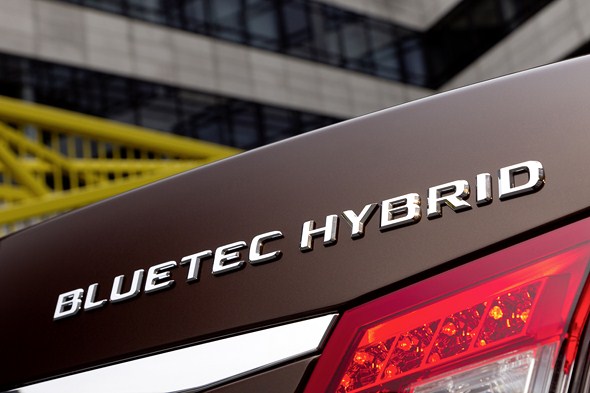
Fun at the wheel and open-air enjoyment are just two of the fascinating qualities that characterise the Mercedes-Benz SLK. The Roadster is now available with a significantly extended range of optional safety equipment.
In terms of the modifications to the multimedia systems, the emphasis is on new functions and improved ease of operation. The fully integrated COMAND Online system with internet access, plus the cost-effective navigation solution Becker® MAP PILOT, broaden the range of choices for the E-Class. The basic colour mood of the central display and the instrument cluster is now silver grey for both C- and E-Class.

From June 2012, C- and E-Class as well as SLK models with COMAND Online will include the new Mercedes-Benz emergency call system “eCall”. As long as COMAND Online is connected to a mobile telephone, the Mercedes-Benz emergency call system will automatically alert the emergency services in the event of a serious accident.
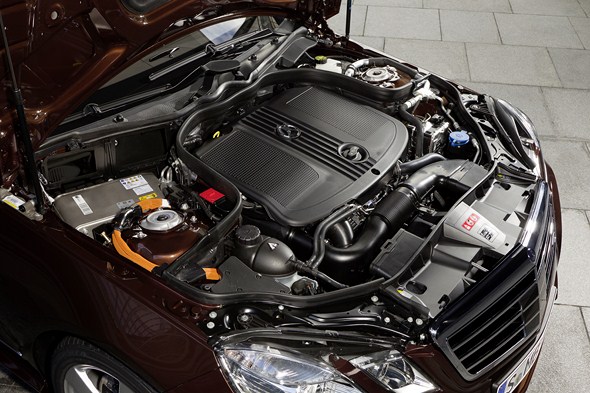
Since 31 March, a further three new apps have been available to COMAND Online customers – for news, share prices and help in finding a parking space. It is planned to introduce around a dozen new apps each year. Daimler has set up App Development Groups in Palo Alto, California/USA, and Bangalore, India, specifically for this purpose.
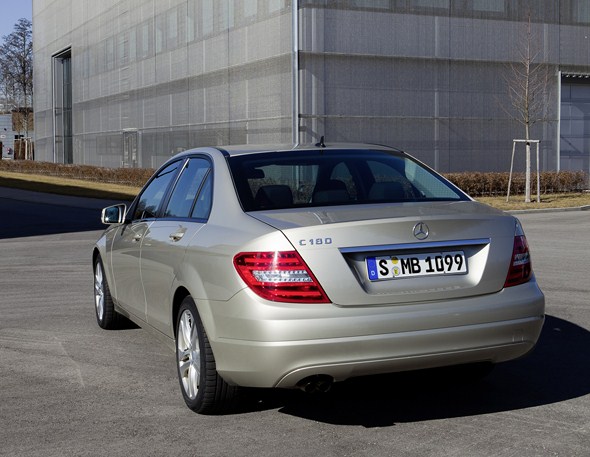
The C-Class
Sportier and more communicative than ever before The turbocharged 1.6-litre four-cylinder petrol unit is the brand new entry-level engine for all body variants of the C-Class. With fuel consumption of 5.8 l/100 km and a CO2 figure of 136 g/km, the improvement compared to the previous C 180 with a similar specification is as much as 21 g/km, or just under 1 l/100 km.
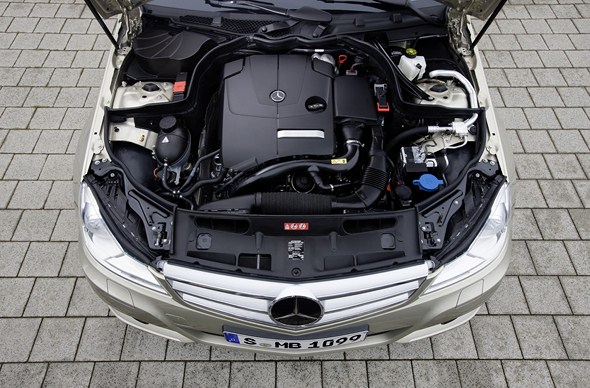
This makes the C 180 BlueEFFICIENCY one of the very first petrol models to be ranked in energy efficiency class B. The 115 kW (156 hp) engine is very light when compared to its competitors and delivers impressive agility from standstill – peak torque of 250 Nm is on tap from just 1250 rpm all the way up to 4000 rpm.
Rounding off the C-Class Coupé model range is the C 200 BlueEFFICIENCY. With 135 kW (184 hp) and 270 Nm from just 1800 rpm, this engine is the perfect choice to meet the two-seater’s sporty ambitions. Consumption and
CO2 emissions are 6.6 l/100 km and 154 g/km respectively.

C-Class Coupé Sport – the best in its class for cornering
The name says it all – there is a decidedly dynamic feel about the new Coupé models C 250 Sport and C 250 CDI Sport with 150 kW (204 hp): after all, the performance specialists from AMG were involved in their development right from the start.

Both models feature the visually enhanced AMG Plus Sports package, as well as further technical measures that help to improve driving enjoyment. Thanks to its AMG sports suspension with sportier spring and damper tuning, specially adjusted camber and bearings, a sports braking system and more direct speed-sensitive sports steering, cornering and handling are now significantly more dynamic.
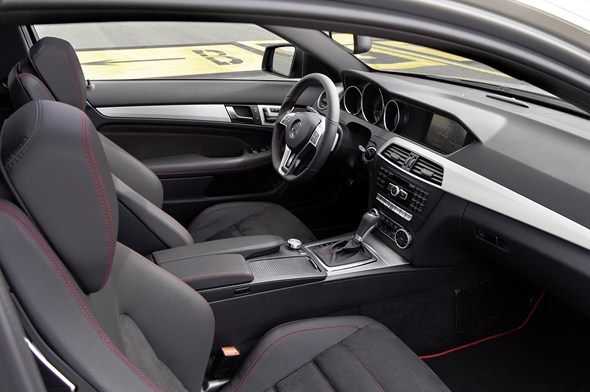

The final touches are provided in the Sports models by a sportier gear configuration with double-declutching function, a more agile accelerator response curve and shorter shift times. The “designo magno platinum” matt paintwork is an option exclusive to the Sports models.

New AMG Plus sports package, new colours
The AMG Plus sports package lends an even more sporty aura to the Coupé, Saloon and Estate. As additions to the AMG sports package it includes AMG 7-twin-spoke light-alloy wheels, an AMG spoiler lip and sports seats in black ARTICO man-made leather/DINAMICA.
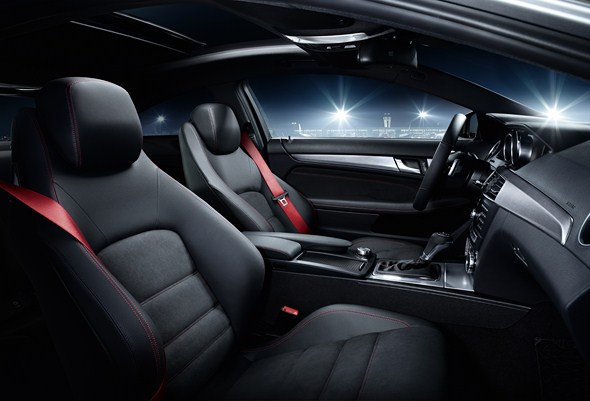
Red seat belts and red contrasting topstitching on the steering wheel, seats, door centre panels, door armrests, centre console and shift lever gaiter add further sporty touches. The AMG Plus sports package is available for all engine versions.
New colours make their mark: now available for Saloon and Estate models are polar white, diamond silver, dolomite brown and tenorite grey. New on the colour chart for the C-Class Coupé are polar white, diamond silver and designo magno platinum.

New ECO display, driving assistance packages now cheaper
A new feature of the C-Class’s instrument cluster is an ECO display, which supports drivers in their efforts to save fuel. Taking its cues from the ECO training used at Mercedes-Benz driving events, driving style is evaluated
according to the categories of “moderate acceleration”, “steady driving style” and “coasting” (instead of braking) – the higher the calculated percentage figure, the more economical the driver’s style.
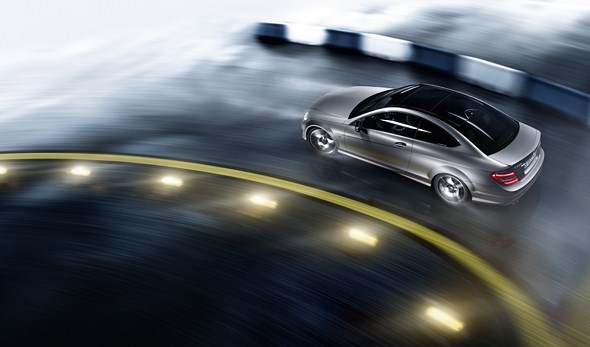
Thanks to a new generation of short-range radar sensors, Mercedes-Benz is now able to offer its Lane Tracking package separately and not only in conjunction with a navigation system.
Improved connectivity, COMAND Online display now in silver grey
Numerous modifications have been made to the multimedia systems available for the C-Class. The COMAND Online display is now silver grey in both day and night mode.
The Audio 20 and COMAND Online systems make it easier for Mercedes drivers to undertake the initial pairing of their mobile telephone with the car via Bluetooth®, and also allow the automatic and manual address book download from the mobile phone to be configured. Polish and Czech are now available as new languages for the head units.

The advantages of the new Media Interface include improvements in data transmission and display speed, plus compatibility with MP3 players from both Apple and other manufacturers. Audio playback from an iPod®/iPhone® is now digital. The display shows the artist, album title and cover for the track currently playing.

Tracks can be searched for by key word or by voice control. If showing videos, a smartphone or MP3 player can be controlled through the head unit.
A new cradle allows the multimedia system direct access to the SIM card via Bluetooth®. This allows the telephone to go into standby mode, so reducing the drain on the battery.

The E-Class
More efficient and user-friendly than ever
The E 220 CDI BlueEFFICIENCY Edition is quite simply one of the most economical cars in its segment. Thanks to a bundle of efficiency-boosting measures, including an Aerodynamics package, electric power steering (EPS), a longer final-drive ratio and size 205/55 R 16 tyres with low rolling resistance, this model emits just 119 g CO2/km – that’s 10 grams, or nearly eight percent, less than before.
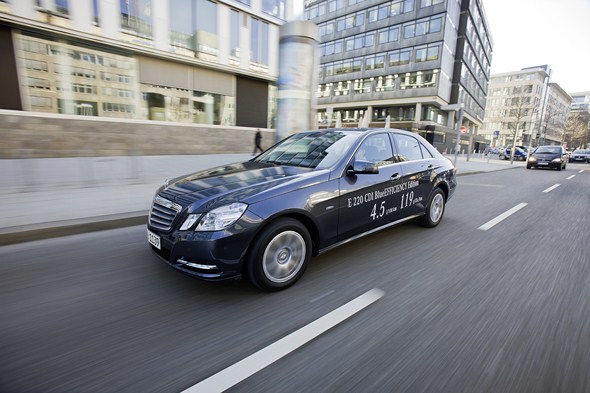
The E 220 CDI BlueEFFICIENCY Edition has an output of 125 kW (170 hp) and is available with a 6-speed manual transmission only.
The new E 300 BlueTEC HYBRID is all set for its market launch with record efficiency values of 4.2 l diesel/100 km and 109 g CO2/km, accompanied by increased torque and power output. Its modular hybrid concept with lithium-ion battery does not impose any compromises on space and offers an impressive driving experience thanks to start/stop, recuperation, boost effect, all-electric driving and a ‘sailing’ or coasting mode.
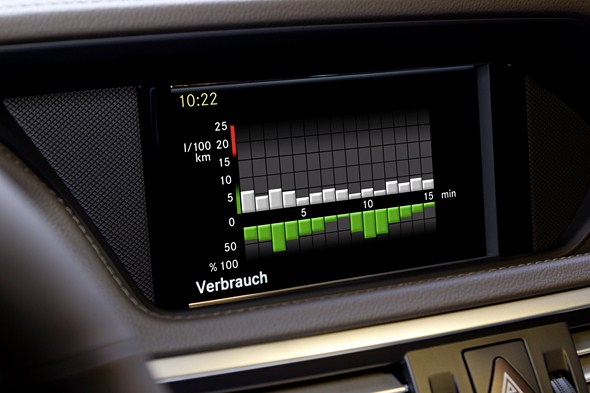
The E 300 BlueTEC HYBRID is the world’s most fuel-efficient model in the luxury segment.
The E 300 BlueTEC HYBRID, available in both Saloon and Estate versions, boasts truly impressive performance. Its 4-cylinder diesel engine generates 150 kW (204 hp) of power and 500 Nm of torque. The diesel engine combines with an electric motor rated at 20 kW and 250 Nm to produce a harmonious overall concept.
Upgraded appointments, new colours
The “Elegance” model is fitted as standard with 17-inch light-alloy wheels. From June, even the standard version of the Estate model will feature roof rails in polished aluminium to match the window frame trim. “Nappa leather” (seats, centre armrest, doors and gathered door centre panels) can be specified separately as an optional extra.
The Exterior Sports package for the E-Class also includes AMG bodystyling elements for the front and rear aprons as well as the side sill panels. In terms of paint finishes, polar white replaces calcite white, while diamond silver takes over from indigolite blue.
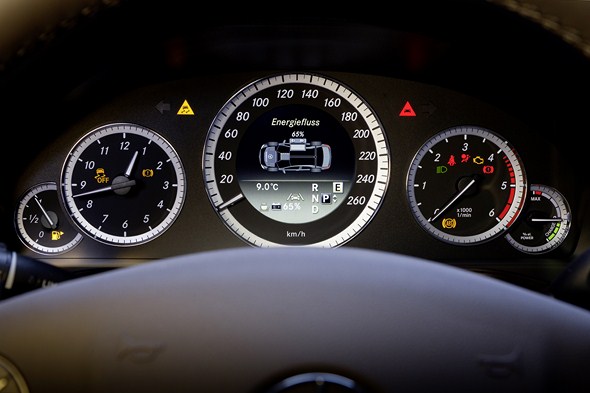
COMAND Online with internet access, new cost-effective navigation system
Larger displays, new functions and internet access for the first time are among the main innovations of the new telematics generation from Mercedes-Benz, which will be available for the E-Class from June 2012. The Bluetooth® functions have also been extended: the mobile’s phone book can now be transferred automatically en bloc when connected, and incoming SMS messages can be displayed on the colour screen.
Standard features include the Audio 20 CD system with twin tuner and CD player, as well as an Aux-in socket and a USB port. Both connection points are located within easy reach in a compartment in the centre armrest.
The COMAND Online multimedia system offers internet access. Customers can either surf the web as they wish while the car is stationary or call up a Mercedes-Benz app whose particularly fast page loading and simple operation make it suitable for use while driving.
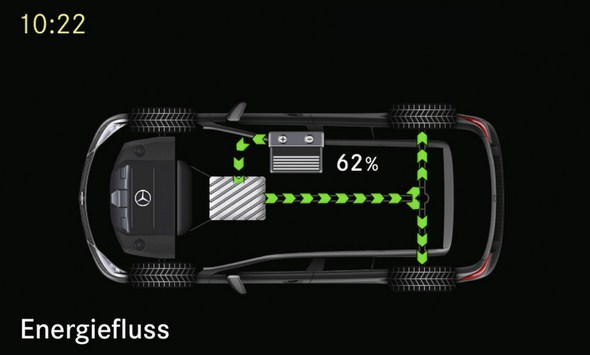
As well as offering innovative apps such as Google Local Search including Google Street View and Panoramio, Mercedes-Benz is the first manufacturer to offer the facility to download a route with related Points of Interest, which has previously been configured on a PC using Google Maps, and to transmit it to the car.
The Becker® MAP PILOT makes a low-cost navigation function, which is also suitable for retrofitting, available for the entry-level Audio 20 CD radio. Its advantages over aftermarket solutions include integrated operation via the central controls, voice output via the vehicle’s loudspeakers and display on the Audio 20 screen, a concealed location in the glove compartment and updating via an internet portal.

The SLK
All the fun of the Roadster, now with added safety
Fun at the wheel and unalloyed open-air enjoyment are just two of the fascinating qualities that characterise the Mercedes-Benz SLK. As we head into spring, the Roadster is now available with a significantly extended range of safety equipment, so once again setting the benchmark in its class.
Along with DISTRONIC PLUS, BAS PLUS and PRE-SAFE® Brake, the Blind Spot Assist and Lane Keeping Assist systems are now, with immediate effect, also available as part of the new Driving Assistance package. Another optional extra, the Intelligent Light System, has now been further developed to include Adaptive Highbeam Assist.
Adding to the enjoyment of driving the SLK 250 CDI BlueEFFICIENCY is the standard-fit 6-speed manual transmission with sportily short shift travel, as already used in the 4-cylinder petrol-engine models.
The COMAND Online multimedia system now offers various enhanced as well as some new functions, among them the emergency call system Mercedes eCall, an optional travel guide and additional functions for the LINGUATRONIC voice control system.
Further new features include an ECO display in the instrument cluster, helping the driver to drive as economically as possible, and new 17-inch light-alloy wheels in a sporty 10-spoke design.


